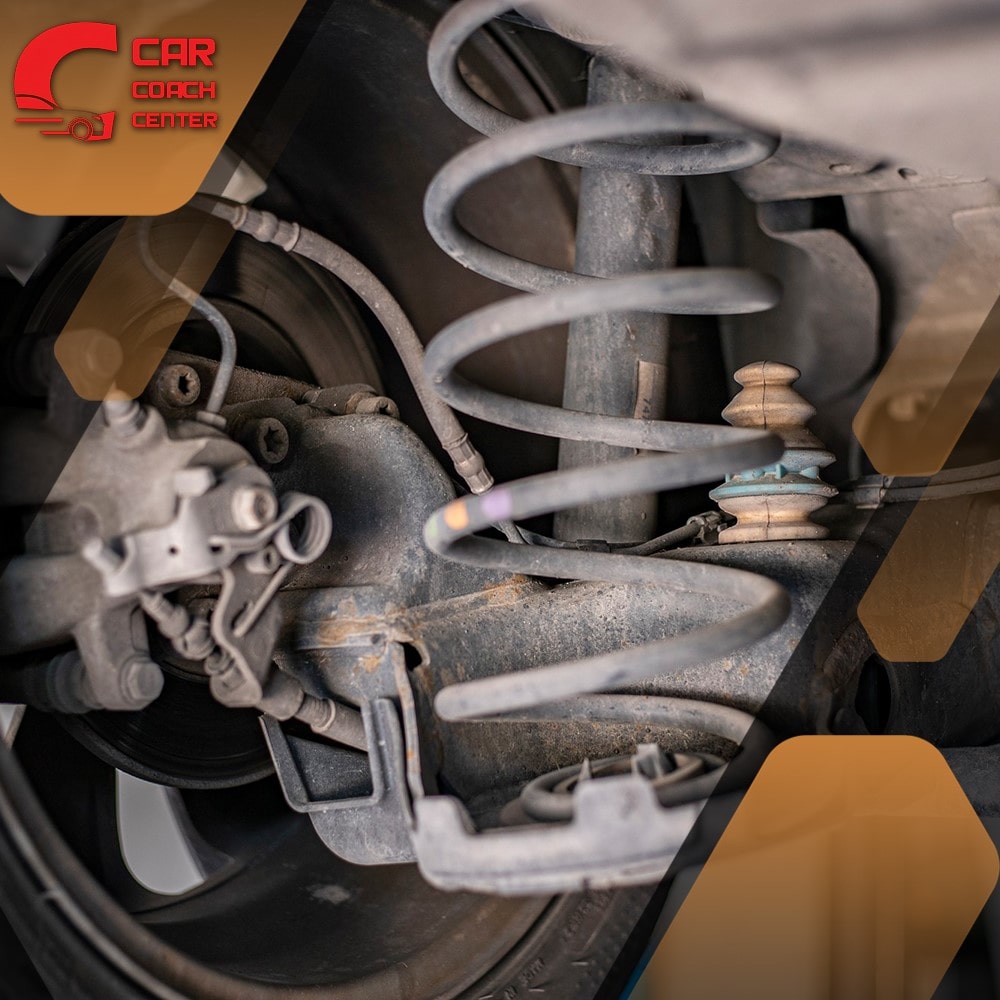Can You Drive With A Bad CV Joint
As car owners, we often encounter various mechanical issues that require our attention, and a faulty CV joint is one such problem that can significantly impact our driving experience. The CV (constant velocity) joint plays a crucial role in transmitting power from the transmission to the wheels, allowing for smooth and efficient operation.
However, when a CV joint starts to deteriorate, it can lead to various issues affecting the vehicle’s performance and safety. This article delves into the question: “Can you drive with a bad CV joint?” We will explore the signs and symptoms of a failing CV joint, shed light on the potential risks associated with driving under such circumstances, discuss the financial implications of neglecting the issue, and provide insights into whether a DIY repair is feasible.
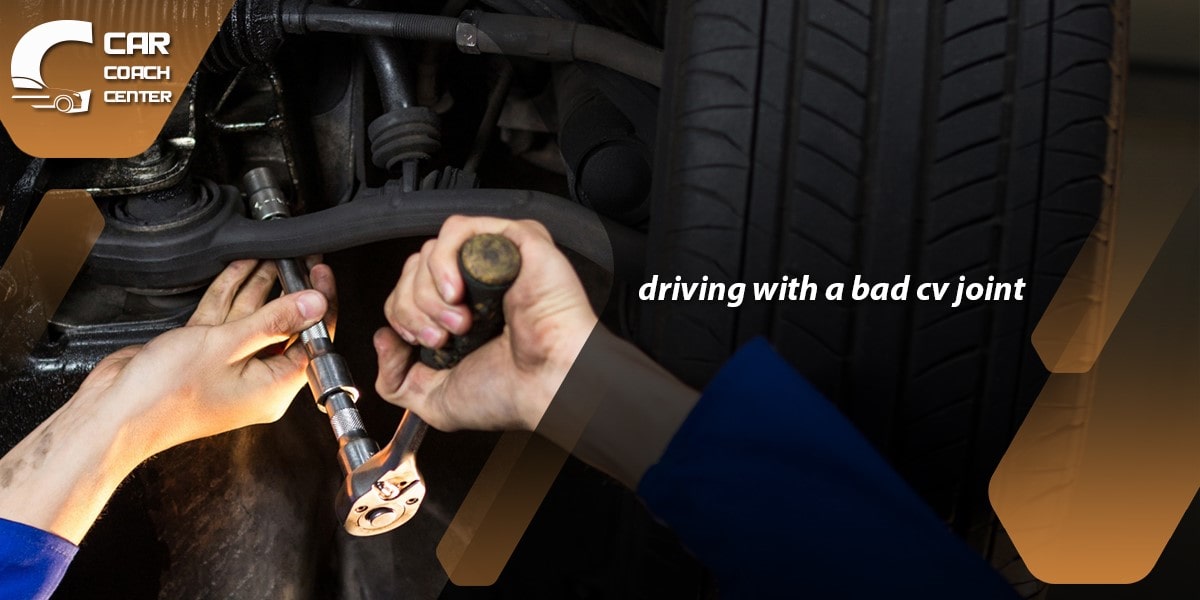
Additionally, we will offer guidance on when it’s best to seek professional help and provide preventive maintenance tips to help you avoid CV joint problems in the future. By the end of this article, you’ll have a comprehensive understanding of the importance of addressing CV joint issues promptly and the potential consequences of ignoring them.
The Clicking Conundrum: Signs and Symptoms of a Bad CV Joint
If you’ve ever noticed an unusual clicking noise when making turns, it could clearly indicate a bad CV joint. The CV joints on each end of the front axle shafts are designed to provide flexibility and constant velocity as the wheels turn and the suspension moves. However, when these joints wear out or sustain damage, they can exhibit several signs and symptoms that should not be ignored.
One of the most common indicators of a failing CV joint is a distinct clicking or popping sound when you navigate a corner. This sound is typically more pronounced when making sharp turns at slower speeds. The clicking noise often stems from worn-out bearings within the joint, which can no longer maintain smooth operation during power transmission.
In addition to the audible clicking, you may feel vibrations through the steering wheel or the entire vehicle. These vibrations can be especially noticeable during acceleration, indicating that the CV joint struggles to transmit power efficiently. As the problem worsens, the vibrations may intensify, leading to a jarring driving experience.
Another telltale sign of a failing CV joint is difficulty in steering. You may notice that the steering feels unusually stiff, or the vehicle pulls to one side during turns. This occurs as the damaged joint hinders the smooth transfer of power, affecting the alignment and control of the wheels.
Inspecting the CV joint visually can provide further clues. Look at the CV joint’s protective rubber boot, also known as the CV boot. If you see any cracks, tears, or signs of grease leakage, it’s a strong indication of a failing joint. Damaged CV boots expose the joint to dirt, moisture, and debris, accelerating the wear and tear.
Safety First: The Potential Risks of Driving with a Bad CV Joint
When driving with a bad CV joint, prioritizing safety is paramount. Ignoring the signs and symptoms of a failing CV joint can expose you to several potential risks that can compromise not only your safety but also the integrity of your vehicle.
One significant risk of driving with a bad CV joint is the potential for complete joint failure. As the joint deteriorates further, it may eventually break or seize up, resulting in the loss of power transmission to the wheels. This sudden loss of power can occur unexpectedly, leaving you stranded on the road and unable to move your vehicle. In critical situations, such as when merging onto highways or navigating busy intersections, this loss of control can be extremely dangerous and put you at risk of collisions.
Furthermore, a damaged CV joint can affect the stability and handling of your vehicle. As the joint wears out, it can cause vibrations, wobbling, or an unsteady feeling while driving. These issues can compromise your ability to maintain proper control of the vehicle, making it more challenging to navigate turns or respond quickly to road conditions. In extreme cases, a severely worn CV joint can lead to unpredictable steering behavior, increasing the risk of accidents.
Additionally, neglecting a bad CV joint can result in further damage to other components of the drivetrain. For instance, if a worn CV joint breaks, it can cause the axle shaft to detach, potentially causing damage to the transmission or differential. Repairing these additional components can be costly and time-consuming, significantly impacting your budget and leaving you without a functional vehicle for an extended period.
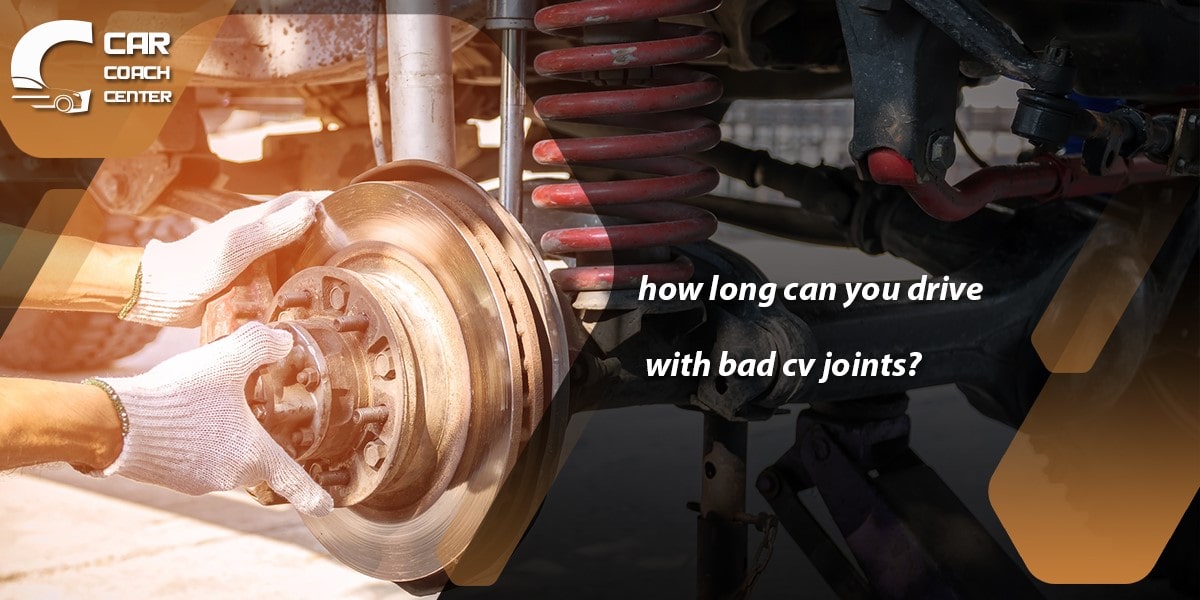
Money Matters: The Cost of Ignoring a Bad CV Joint
While the immediate cost of repairing or replacing a bad CV joint may seem inconvenient, the long-term financial implications of ignoring the issue can be far more significant. Neglecting a failing CV joint can lead to a chain reaction of damage to other components, resulting in expensive repairs and potentially rendering your vehicle inoperable.
One of the primary financial consequences of ignoring a bad CV joint is the potential for further damage to the drivetrain. When a CV joint fails, it can cause the axle shaft to detach or break, damaging the transmission, differential, or other connected components. Repairing or replacing these additional parts can significantly increase the overall repair costs, often surpassing the cost of addressing the initial CV joint issue.
Furthermore, driving with a damaged CV joint stresses other suspension and steering components. As the CV joint deteriorates, it can cause vibrations and instability, affecting other parts, such as ball joints, tie rods, or wheel bearings. If damaged, these components may require replacement, further adding to the financial burden.
In some cases, ignoring a bad CV joint can lead to more severe consequences, such as the complete failure of the joint while driving. This can result in a sudden loss of power transmission and potential loss of control over the vehicle. Depending on the circumstances, this can lead to accidents or the need for emergency towing, adding extra costs for towing services, repairs to other damaged parts, and potentially even medical expenses.
The DIY Dilemma: Can You Replace a CV Joint Yourself?
If you’re a hands-on car enthusiast or enjoy tackling DIY projects, you may wonder whether replacing a CV joint yourself is feasible. While it’s true that some automotive repairs can be completed in a home garage, replacing a CV joint can be a complex task that requires a certain level of expertise and specialized tools. Let’s explore the DIY dilemma and consider the factors in replacing a CV joint.
First and foremost, it’s important to understand that replacing a CV joint involves working with critical components of your vehicle’s drivetrain. This means you’ll need a solid understanding of automotive systems, suspension, and axle assembly. Without the necessary knowledge, you may inadvertently cause more harm than good, leading to additional expenses or compromising your safety on the road.
Replacing a CV joint requires specialized tools not typically found in a standard home toolbox. These tools may include a torque wrench, a ball joint separator, a CV joint removal tool, and a slide hammer, among others. Investing in or renting these tools can add to the overall cost of the repair, making professional assistance a more cost-effective option.
Moreover, CV joint replacement often involves working in tight spaces and dealing with rusty or corroded components. This can make the task challenging and time-consuming, especially for those who need experience. Professional mechanics are equipped with the necessary tools, expertise, and workspace to efficiently complete the job, potentially saving you valuable time and frustration.
It’s worth noting that modern vehicles may also have specific manufacturer guidelines and procedures for CV joint replacement. These guidelines ensure proper installation and optimal performance and safety. Professional mechanics are trained to follow these procedures and have access to technical resources to aid in the repair process.
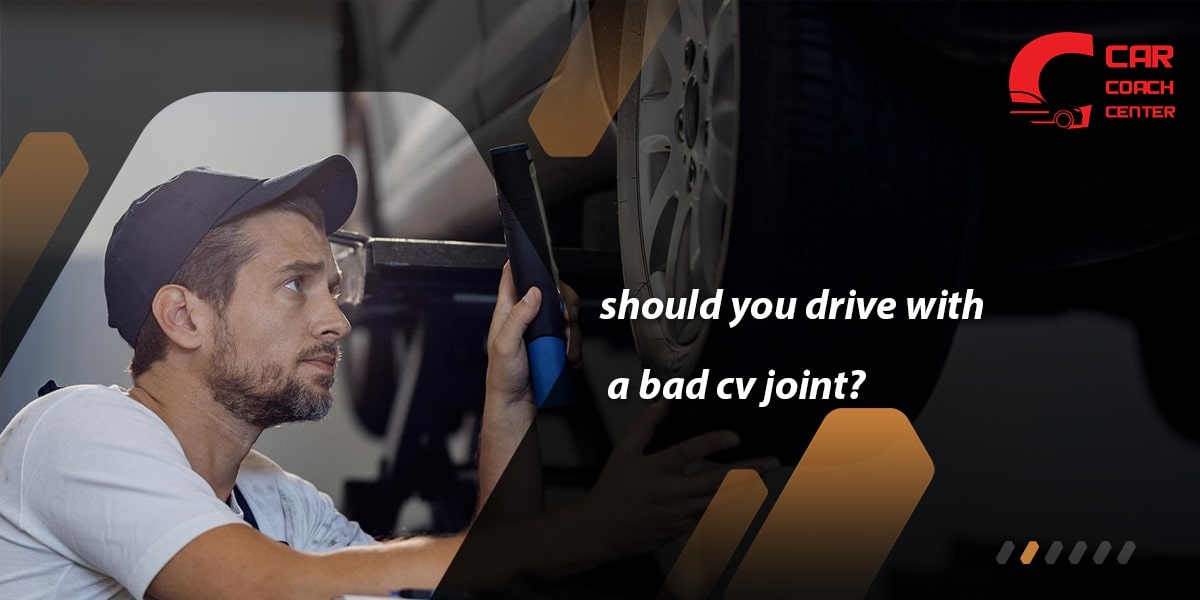
Professional Perspectives: When to Seek Expert Help for CV Joint Issues
When faced with CV joint issues, it’s important to consider professional perspectives and know when to seek expert help. While some car repairs can be successfully undertaken by DIY enthusiasts, CV joint problems often require professional mechanics’ expertise and specialized knowledge. Here are a few scenarios in which consulting a professional for CV joint issues is advisable.
Lack of Experience
If you’re unfamiliar with automotive repairs or lack experience working on drivetrain components, it’s best to leave CV joint repairs to the professionals. They have the necessary training and hands-on expertise to accurately diagnose the problem, perform the repair correctly, and ensure the job is completed safely.
Complex Symptoms
CV joint issues can manifest in various ways, including clicking noises, vibrations, and steering difficulties. However, these symptoms can also indicate other problems within the suspension or drivetrain. Professional mechanics know to accurately identify the root cause of the issue and differentiate between CV joint problems and other related concerns.
Extensive Damage
If the CV joint issue has been neglected for an extended period or has resulted in additional damage to the drivetrain, it’s crucial to seek professional help. Professional mechanics can assess the extent of the damage, determine the appropriate repairs, and address any related issues that may have arisen.
Warranty Considerations
If your vehicle is still under warranty, attempting to repair or replace the CV joint yourself may void the warranty. Manufacturers often require repairs by authorized service centers to maintain warranty coverage. Seeking professional help ensures that the repair complies with the warranty terms and protects your investment.
Time and Convenience
Replacing a CV joint can be time-consuming, especially for those without prior experience. If you have limited time or need your vehicle back on the road quickly, consulting a professional mechanic is the most efficient option. They have the necessary tools, resources, and expertise to complete the repair promptly, saving you valuable time and effort.
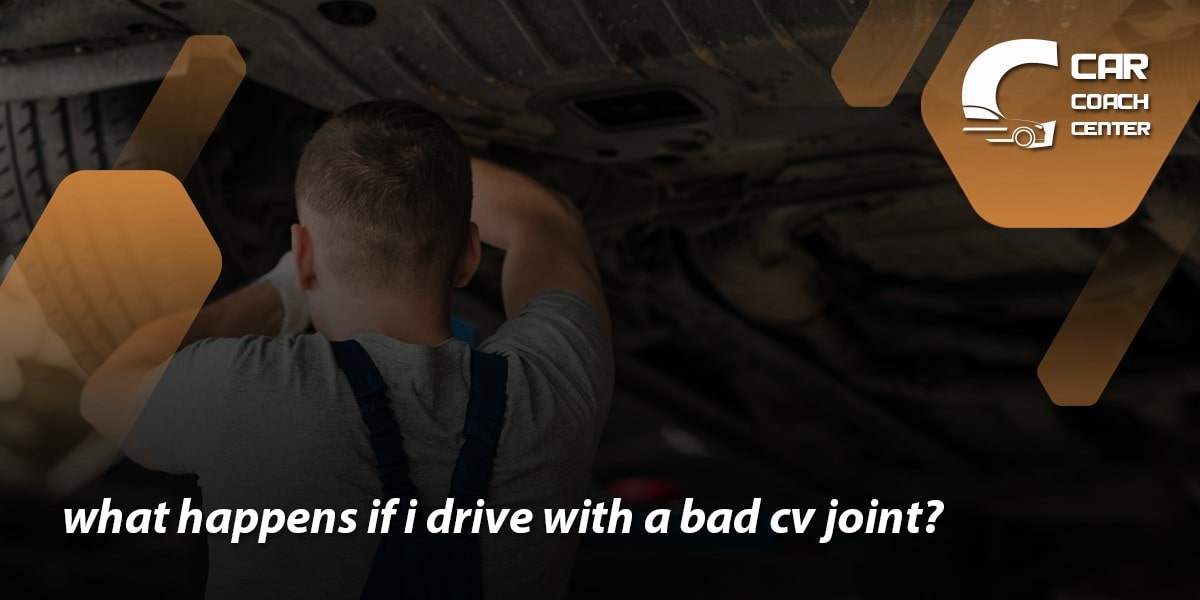
Maintenance Matters: Tips for Preventing CV Joint Problems
CV joints play a vital role in your vehicle’s drivetrain, and proper maintenance can go a long way in preventing potential problems. By following these essential tips, you can help extend the lifespan of your CV joints and avoid costly repairs down the road.
Regular Inspection
Make it a habit to inspect the CV joint boots regularly visually. Look for any signs of damage, such as cracks, tears, or grease leakage. Damaged boots expose the joint to dirt, moisture, and debris, accelerating wear and tear. If you notice any issues, have them addressed promptly to prevent further damage.
Maintain Proper Lubrication
CV joints require proper lubrication to operate smoothly. Check the lubrication level and quality during regular maintenance intervals. If the grease inside the CV joint boot appears contaminated or low, consider having it inspected and regreased by a professional mechanic.
Avoid Excessive Axle Angles
Extreme angles can place excessive stress on the CV joints, leading to accelerated wear. Avoid driving over large bumps, potholes, or curbs at high speeds, as these actions can cause the suspension to bottom out and strain the CV joints. Be mindful of the terrain and drive cautiously to minimize excessive axle angles.
Practice Gentle Driving Habits
Aggressive driving, sudden acceleration, and harsh braking can strain the CV joints unnecessarily. Practice smooth and gradual acceleration and deceleration, especially during turns. This reduces stress on the joints and helps maintain their integrity over time.
Keep CV Joints Clean
Accumulated dirt, grime, and road debris can contribute to CV joint deterioration. Regularly clean the CV joint area to prevent dirt buildup. Be cautious when using high-pressure water or chemicals near the CV joints, as excessive force or corrosive substances can damage the joints or boots.
Timely Suspension Maintenance
A well-maintained suspension system helps distribute forces evenly, reducing strain on the CV joints. Regularly inspect and maintain your suspension components, including ball joints, control arms, and bushings. Addressing suspension issues promptly can help prevent additional stress on the CV joints.
Seek Professional Maintenance
Schedule regular appointments with a qualified mechanic. They can perform comprehensive inspections, address potential CV joint issues, and provide expert advice on preventive measures for your vehicle.
conclusion
In conclusion, understanding the signs, risks, and maintenance strategies associated with a bad CV joint is essential for every car owner. Ignoring or neglecting a failing CV joint can lead to severe consequences, including compromised safety, additional damage to the drivetrain, and costly repairs. While some may consider DIY solutions, assessing one’s expertise and access to specialized tools is crucial before attempting a CV joint replacement.
Seeking professional help from experienced mechanics, like those at carcouchcenter.com, is often the best course of action to ensure proper diagnosis, effective repairs, and the use of high-quality components. By prioritizing timely maintenance, regular inspections, and safe driving habits, car owners can prevent CV joint problems, prolong the lifespan of their vehicles, and enjoy a smooth and worry-free driving experience.
Remember, when it comes to your CV joints, proactive care and professional guidance are key to maintaining your vehicle’s performance and safety.
Can I drive with a bad CV joint?
Driving with a bad CV joint is not recommended as it can lead to further damage and compromise safety.
What are the signs of a bad CV joint?
Signs of a bad CV joint include clicking noises during turns, vibrations, difficulty in steering, and damaged CV joint boots.
Can I replace a CV joint myself?
Replacing a CV joint yourself requires expertise, specialized tools, and knowledge of automotive systems. It is often best to seek professional help.

